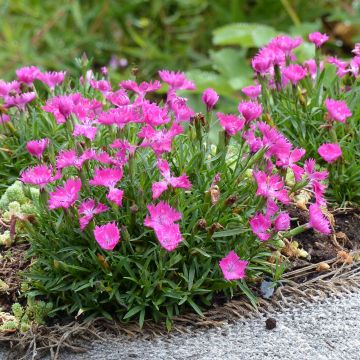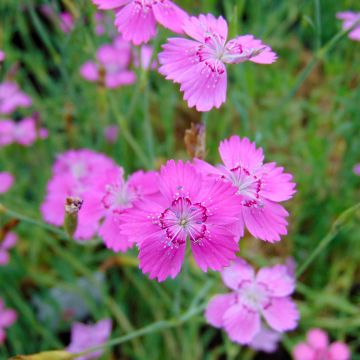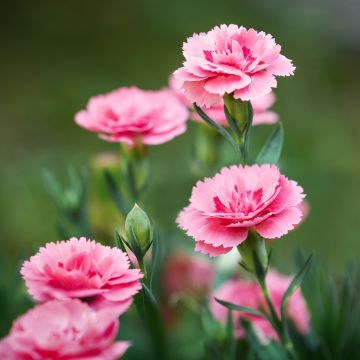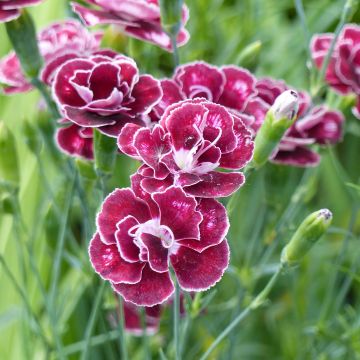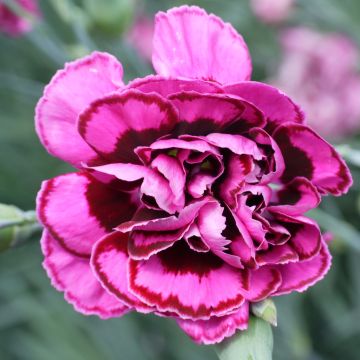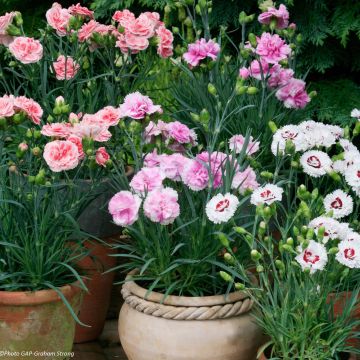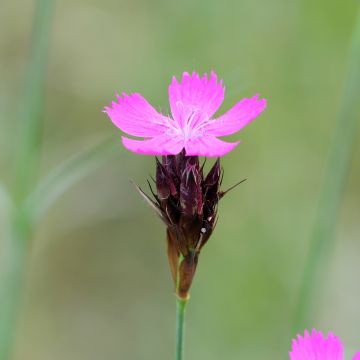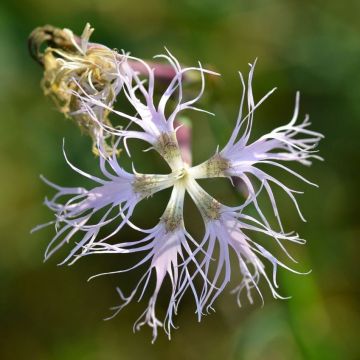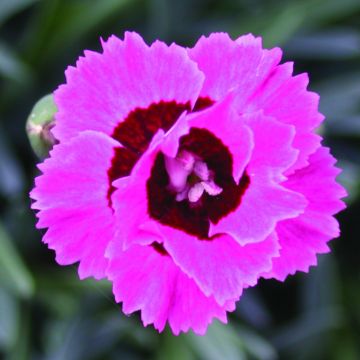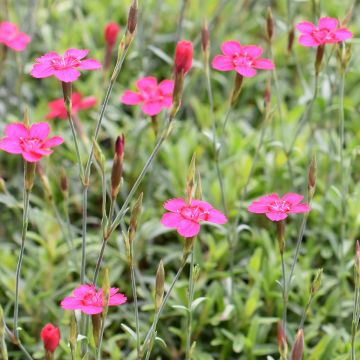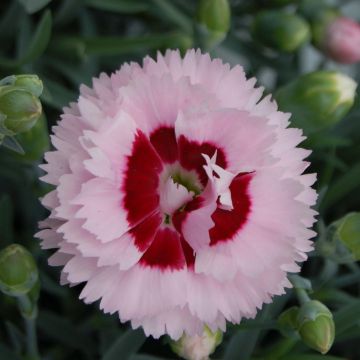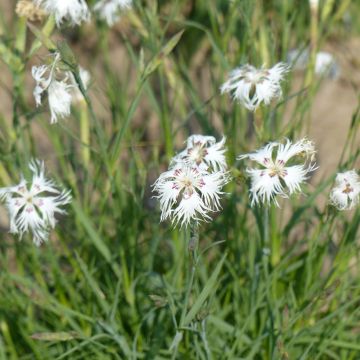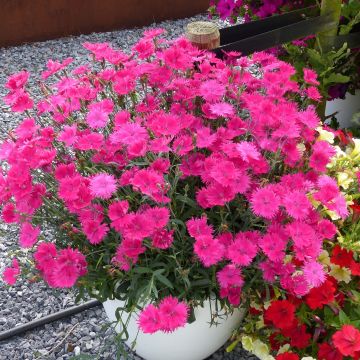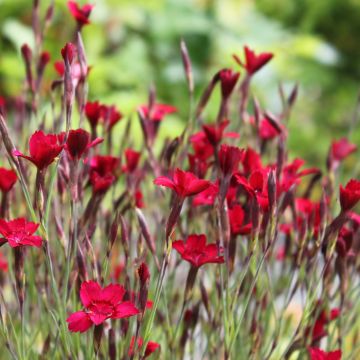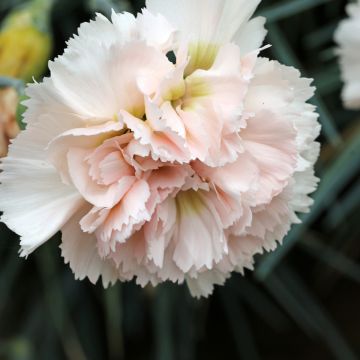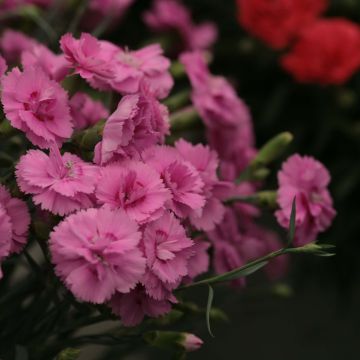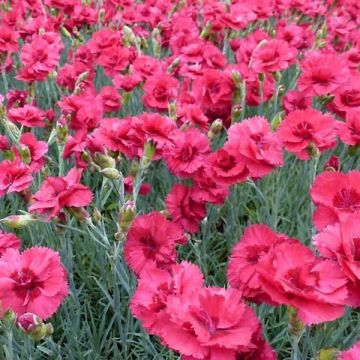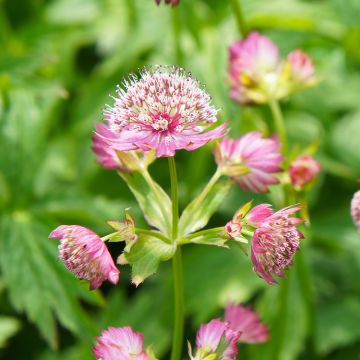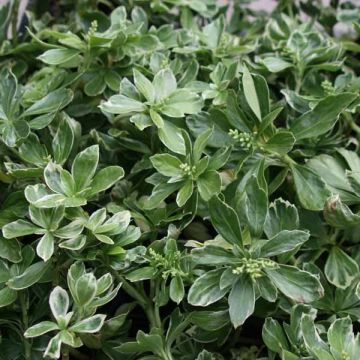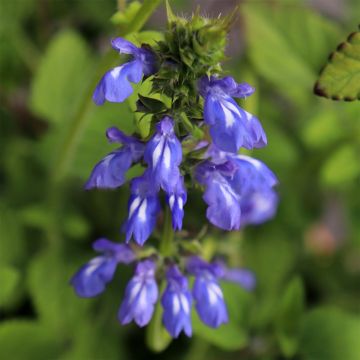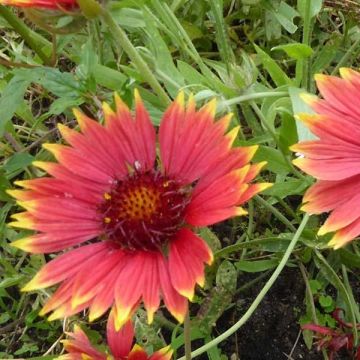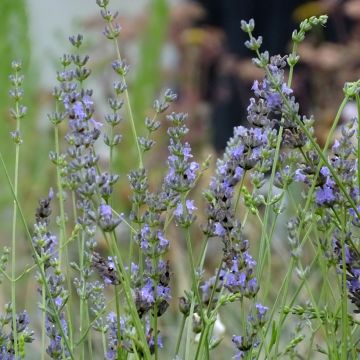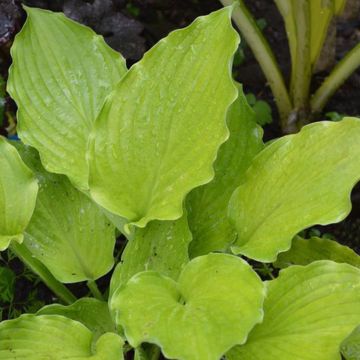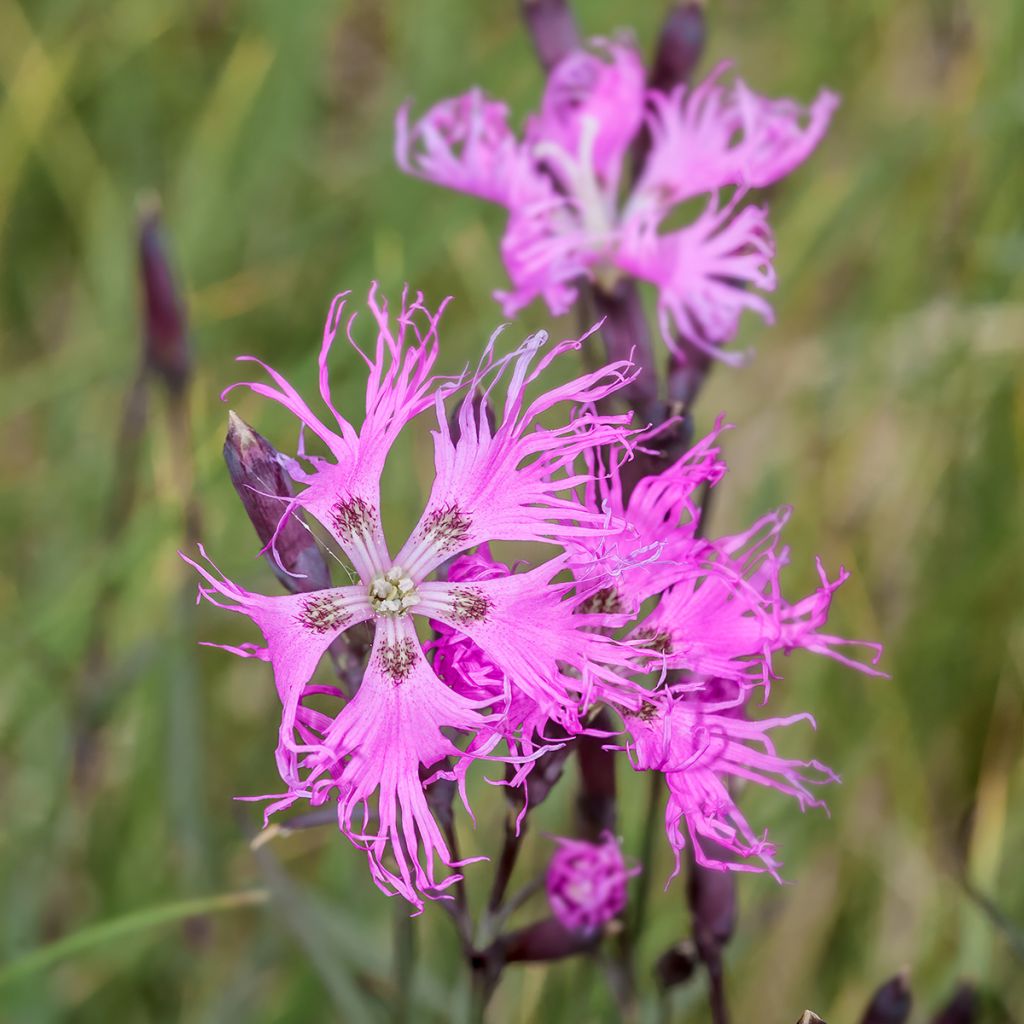

Dianthus superbus Primadonna
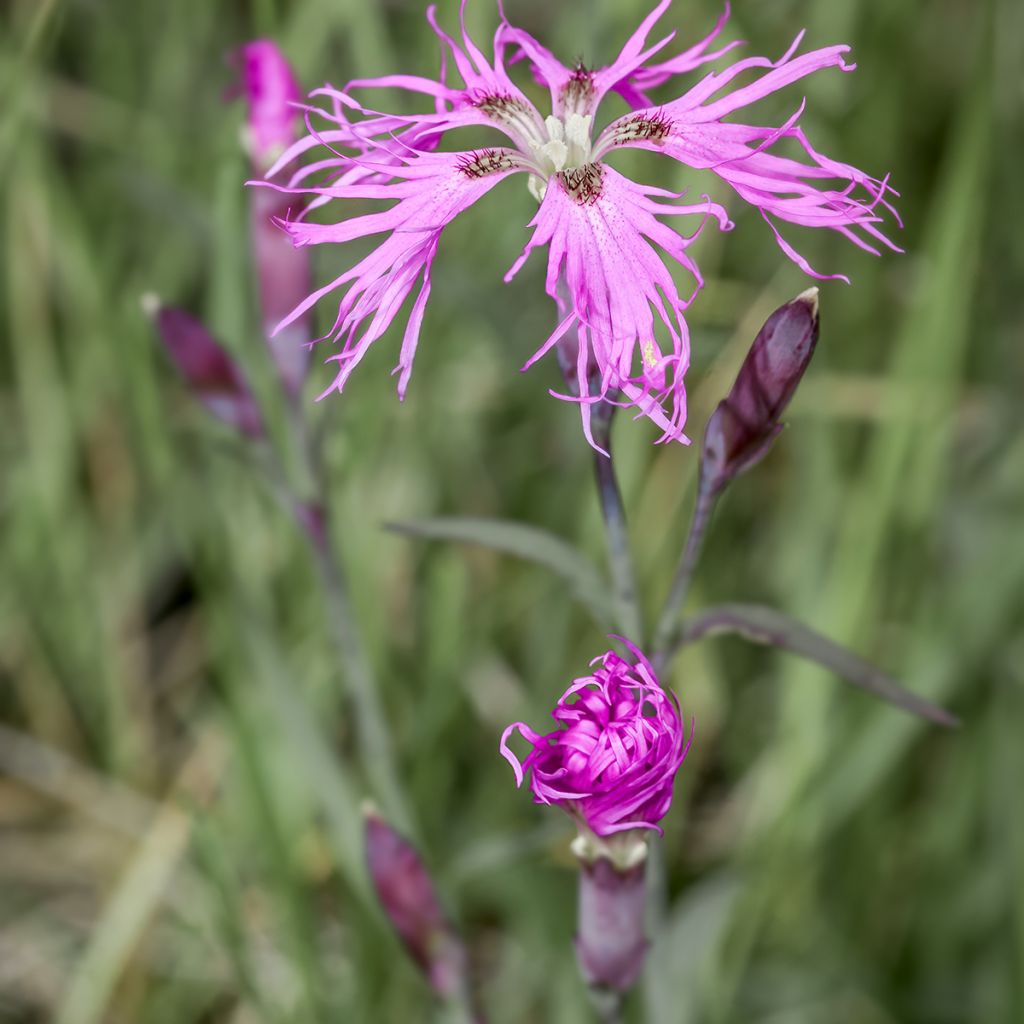

Dianthus superbus Primadonna
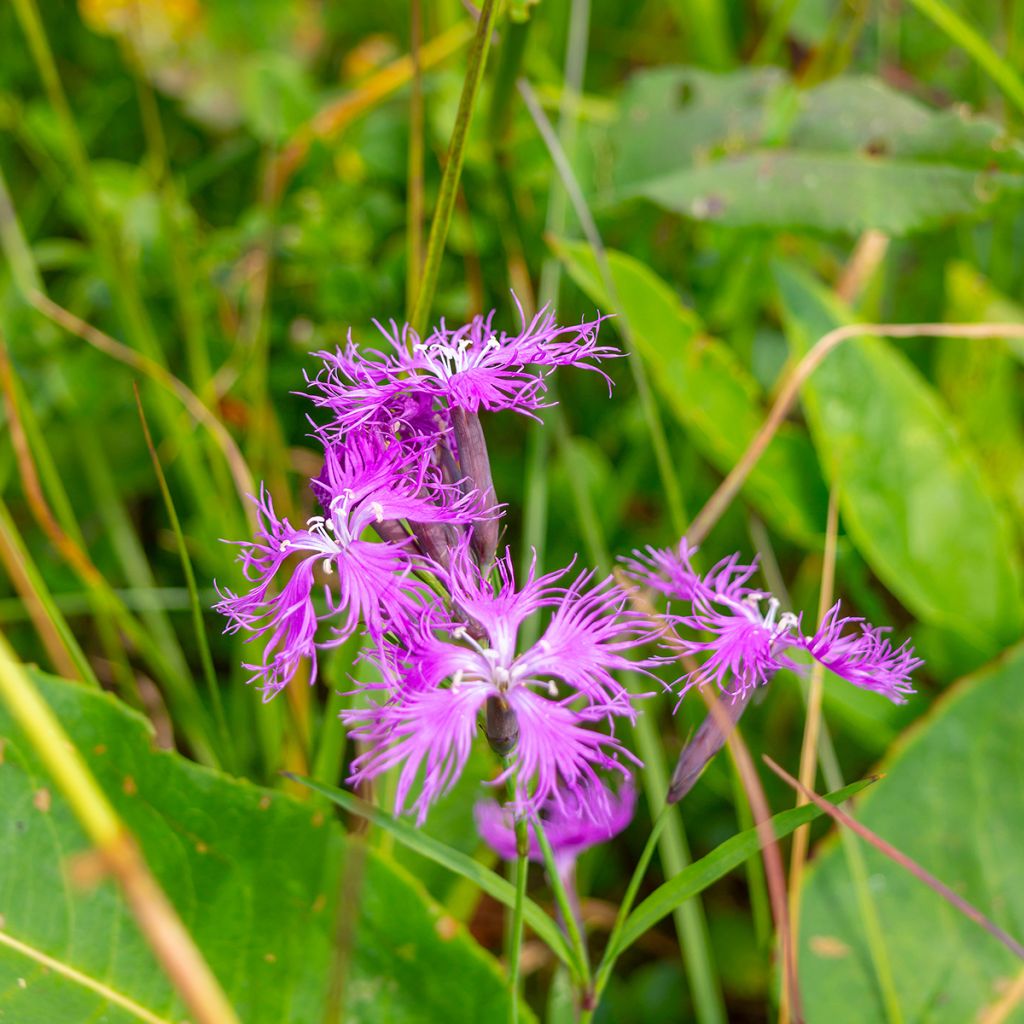

Dianthus superbus Primadonna
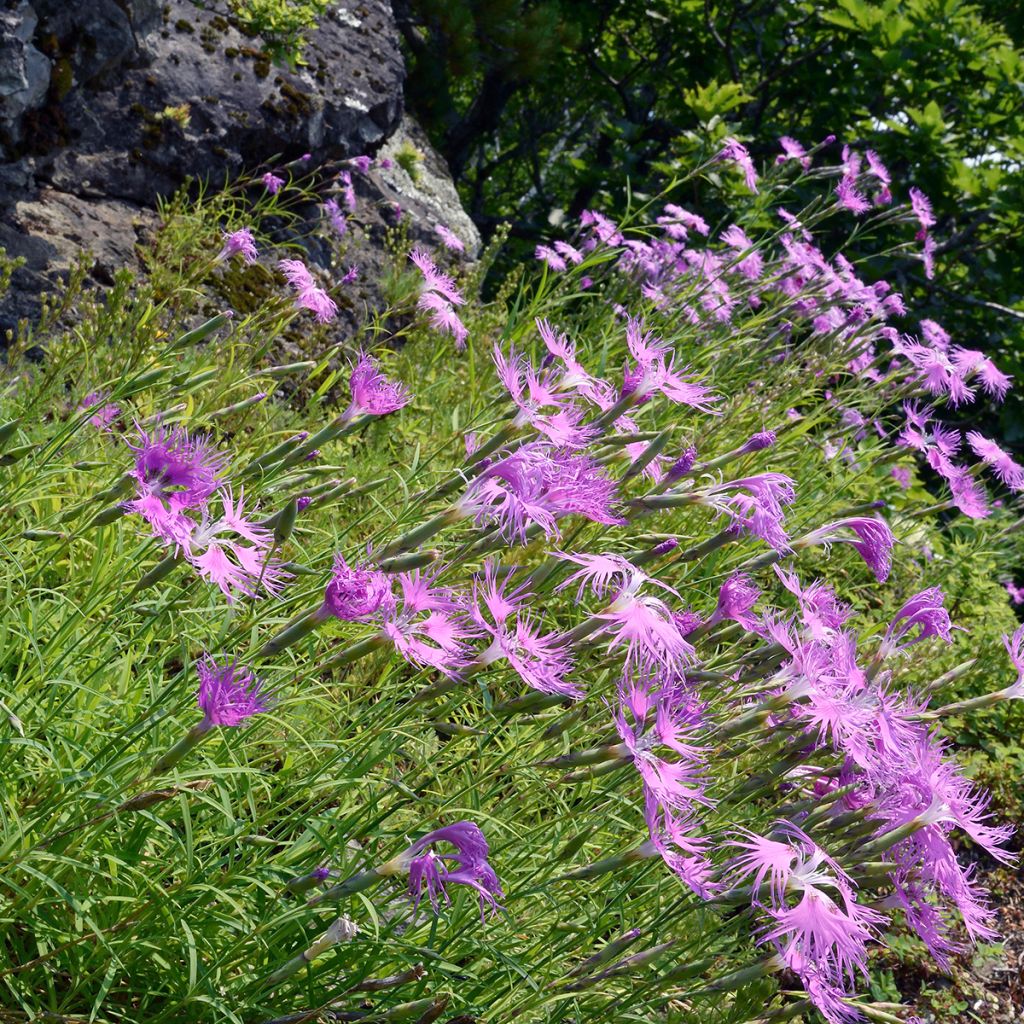

Dianthus superbus Primadonna
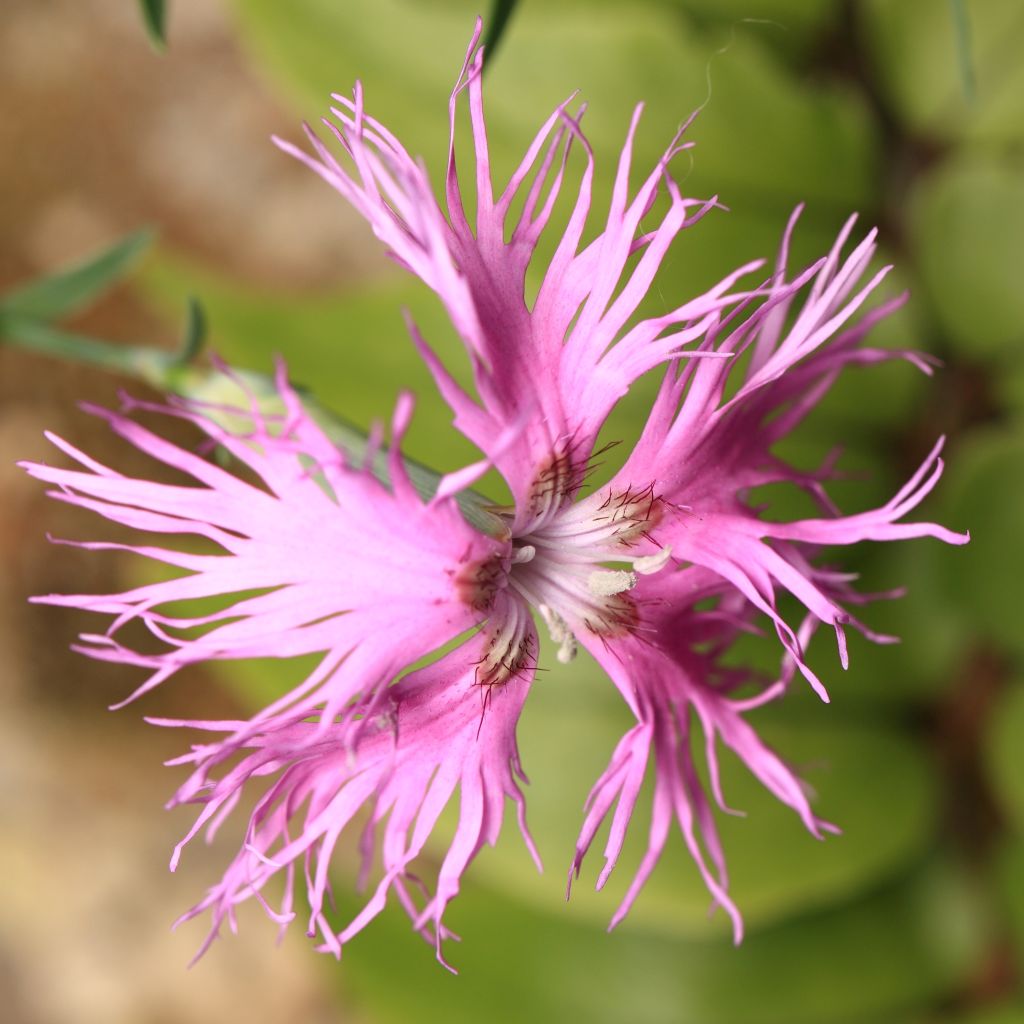

Dianthus superbus Primadonna
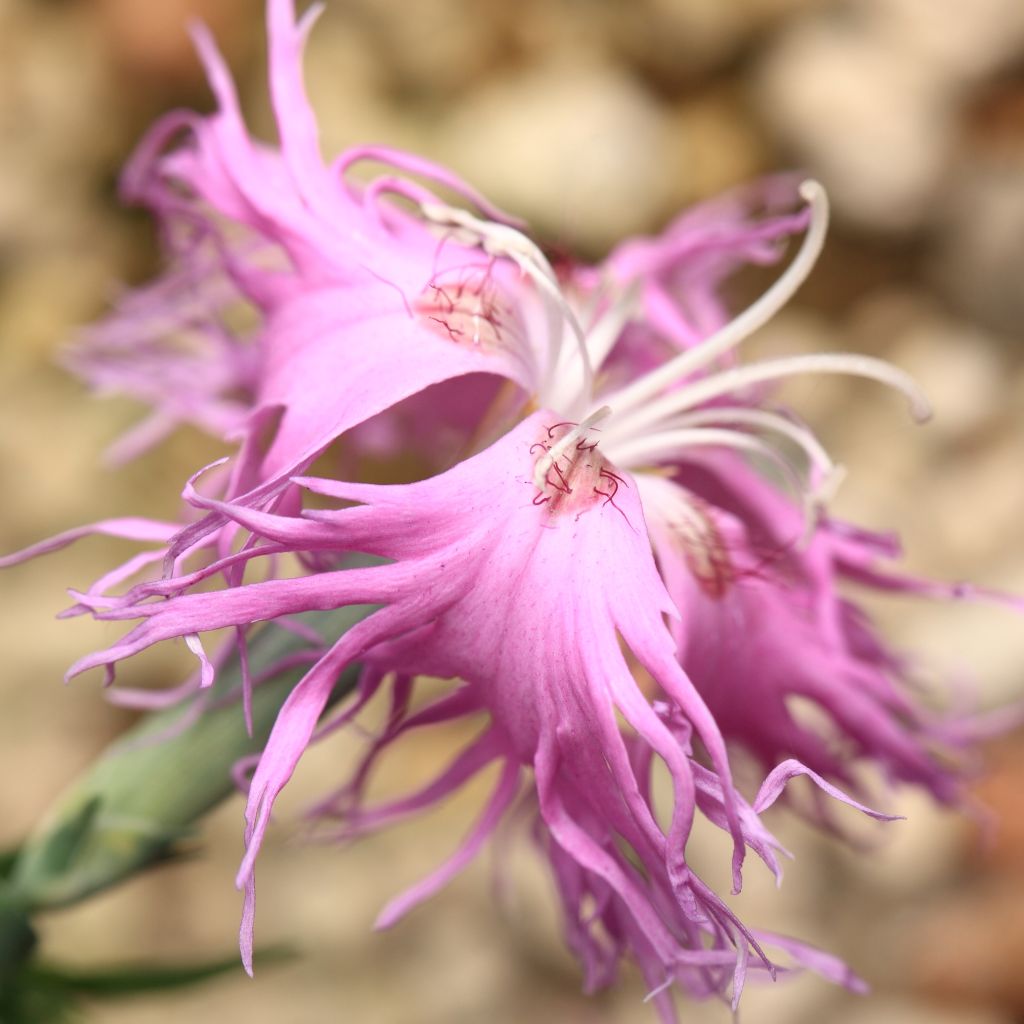

Dianthus superbus Primadonna
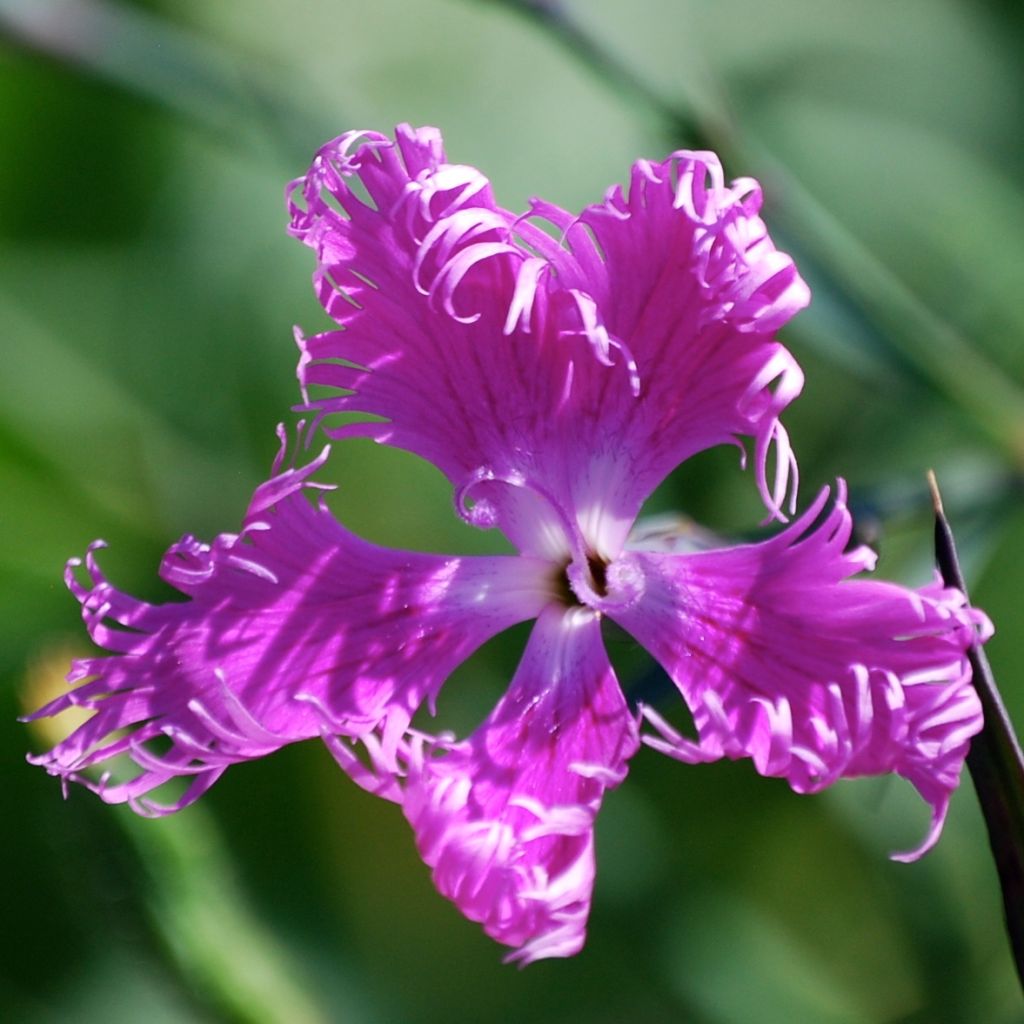

Dianthus superbus Primadonna
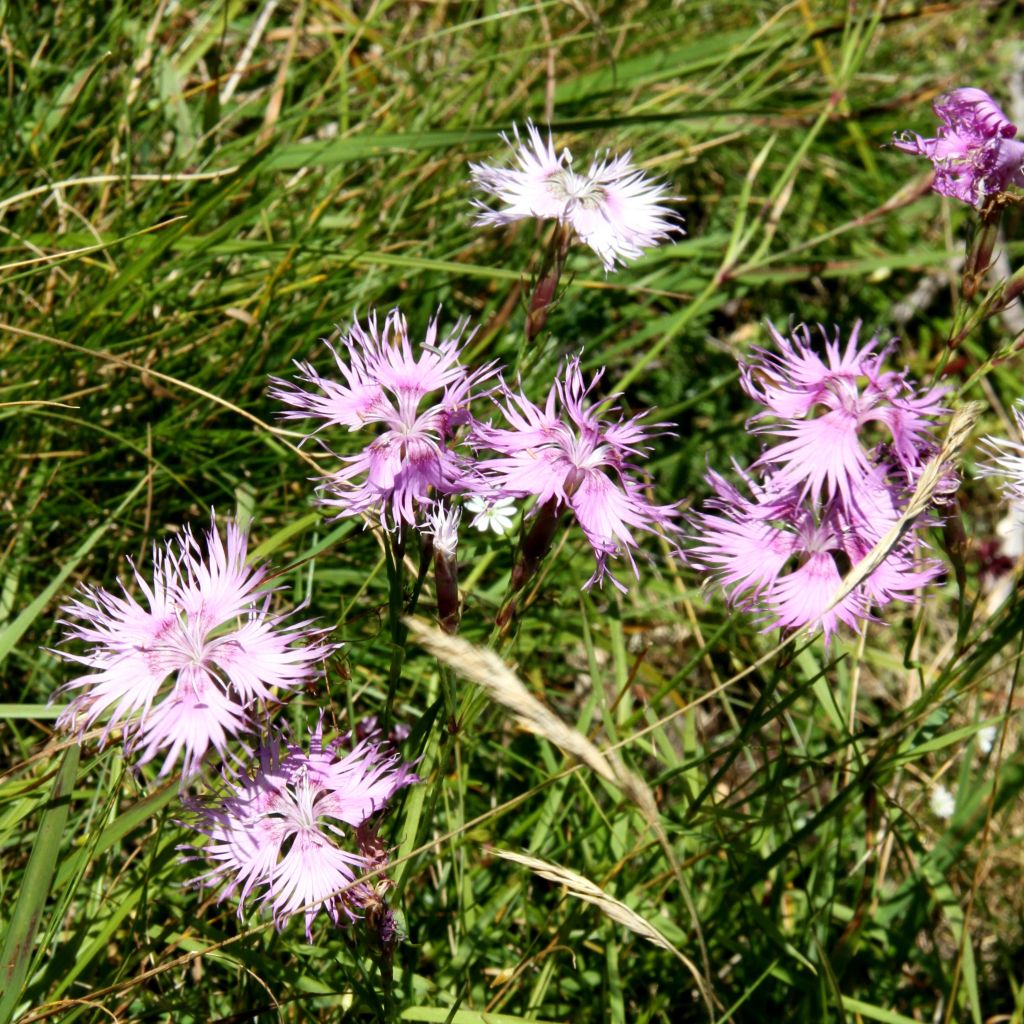

Dianthus superbus Primadonna
Dianthus superbus Primadonna
Dianthus superbus Primadonna
Large pink, Fringed Pink
Completely satisfied with the order. Young plants received very well packaged and protected, and in perfect condition of freshness. I highly recommend.
PATRICIA P., 16/09/2018
Why not try an alternative variety in stock?
View all →This plant carries a 12 months recovery warranty
More information
We guarantee the quality of our plants for a full growing cycle, and will replace at our expense any plant that fails to recover under normal climatic and planting conditions.
From €5.90 for pickup delivery and €6.90 for home delivery
Express home delivery from €8.90.

Does this plant fit my garden?
Set up your Plantfit profile →
Description
Dianthus superbus 'Primadonna' is a beautiful improvement of the wild species, with a more branched habit and brightly coloured pink-mauve flowers. This short-lived perennial plant can also be grown as a biennial. It readily and faithfully self-seeds in light soil. Its summer flowering is long and abundant, with ruffled flowers composed of fringed petals resembling lace. This hardy variety is suitable for borders, containers, and bouquets. Easy to grow in light, well-drained soil in full sun.
Dianthus is an extensive genus of mainly perennial plants, with varying sizes, colours, and uses. Carnations almost all have in common evergreen foliage in winter, and a strong preference for sunlight, in dry, well-drained soil. They even tolerate limestone soils.
Dianthus superbus belongs to the Caryophyllaceae family. It is native to the mountains of Europe and temperate Asia, where it grows in woodlands and moist meadows. The 'Primadonna' variety forms compact and bushy herbaceous clumps, reaching 40 to 50cm (16 to 20in) in height when flowering. Its rapid growth allows it to bloom in the year of sowing. Its branched stems are covered with persistent, linear, soft leaves of a beautiful light blue-green. From May to August, solitary or paired flowers appear at the ends of sturdy stems, measuring about 4cm (2in) in diameter. They boast a vivid pink shade with mauve undertones and are highly fragrant. They have 5 deeply cut petals, resembling delicate fringes arranged in a fan shape. Their exceptional fragrance evokes cloves and vanilla.
'Primadonna' is an easy-to-grow plant that requires minimal maintenance once established. Like bellflowers and columbines, these plants with their old-fashioned charm have a place in every garden, imbuing them with great poetry and mystery. Choose a prominent location, for example, along a pathway or near an entrance, to fully enjoy the sweetness of the plant's fragrance. Plant 'Primadonna' at the front of a group planting, alongside pink Sedum and echinaceas, to create beautiful swaths of colour. Its tall size allows it to be used as a border plant, in a flowered pavement, or on embankments, in moist but well-drained soil that is not overly rich. It can also be grown in pots on a patio or balcony, with proper drainage and occasional fertiliser inputs.
Report an error about the product description
Dianthus superbus Primadonna in pictures
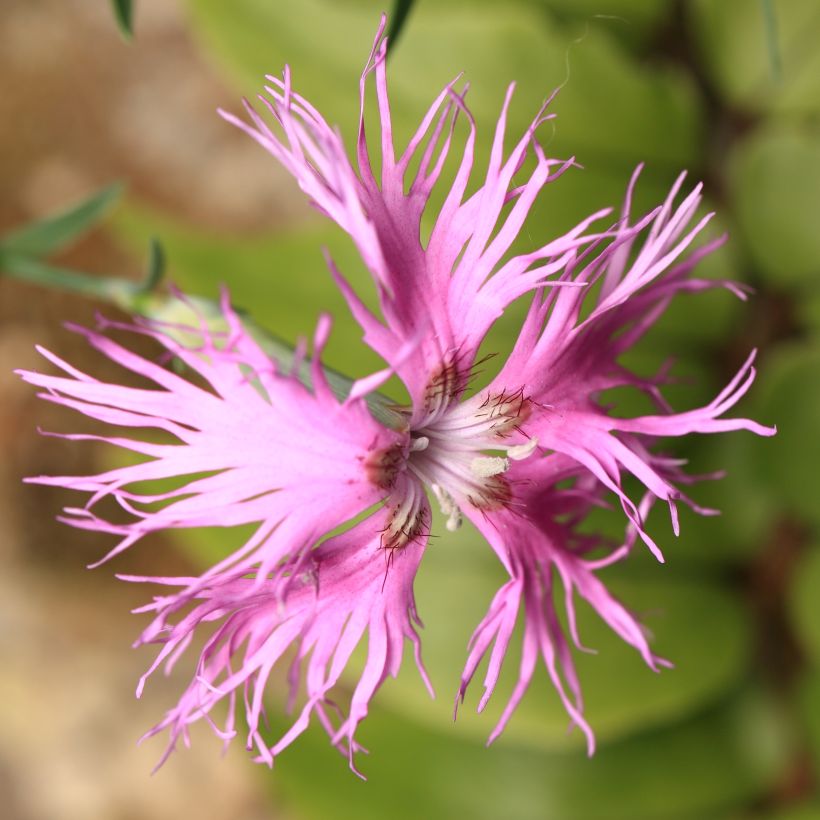

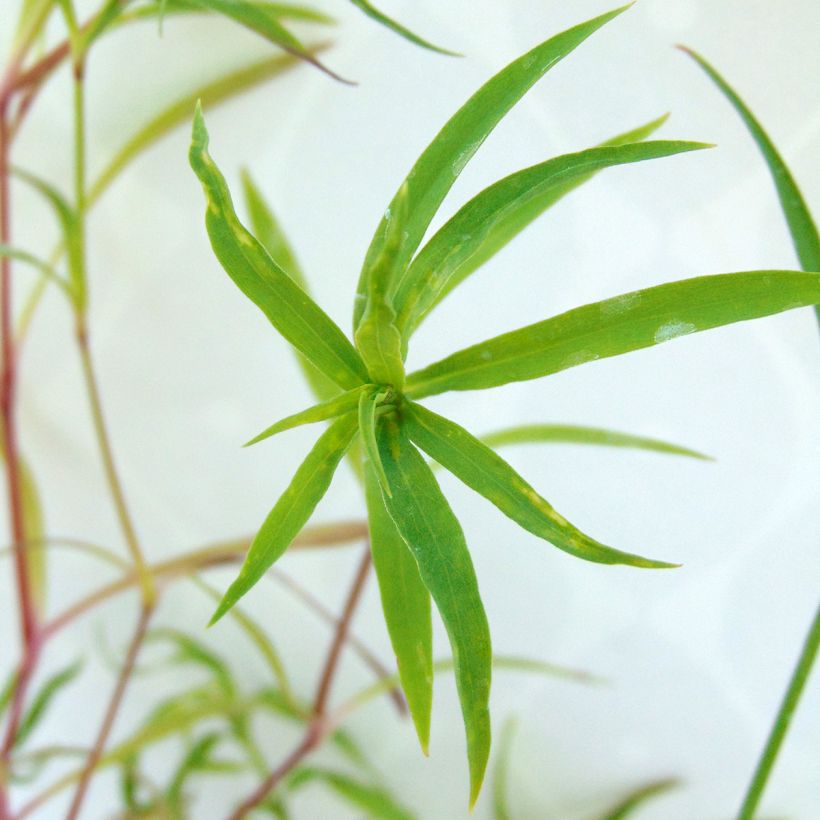

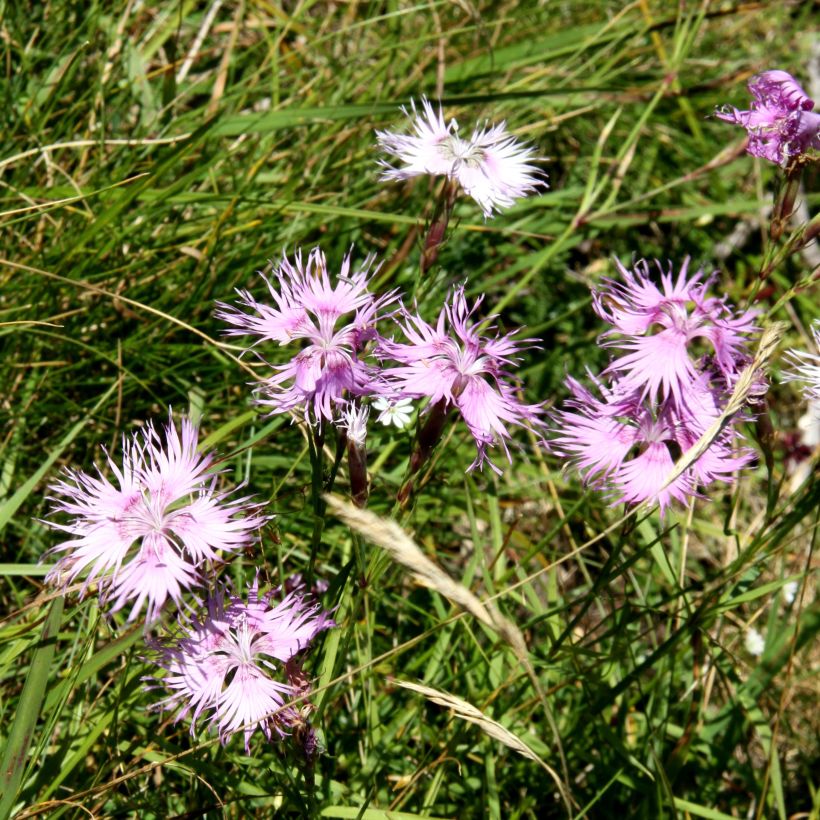

Flowering
Foliage
Plant habit
Botanical data
Dianthus
superbus
Primadonna
Caryophyllaceae
Large pink, Fringed Pink
Cultivar or hybrid
Other Dianthus - Pinks
Planting and care
Plant in ordinary, light, permeable, humus-rich, moist to dry, well-drained soil. Soil rich in gravel and compost yields good results. In open ground, this plant is quite hardy, resistant down to -15°C (5°F). It prefers a very sunny exposure. Lightly trim the clump after summer flowering to encourage regrowth in September. In rich soil, trim part of the foliage with shears after flowering to maintain a dense habit. In poor soil, it will be useful to apply a balanced fertiliser in March. It is useful to divide the clumps every 3 years, in order to rejuvenate those whose base is thinning. Alternatively, propagate by performing layering or taking cuttings.
Planting period
Intended location
Care
-
, onOrder confirmed
Reply from on Promesse de fleurs
Summer flowering perennials
Haven't found what you were looking for?
Hardiness is the lowest winter temperature a plant can endure without suffering serious damage or even dying. However, hardiness is affected by location (a sheltered area, such as a patio), protection (winter cover) and soil type (hardiness is improved by well-drained soil).

Photo Sharing Terms & Conditions
In order to encourage gardeners to interact and share their experiences, Promesse de fleurs offers various media enabling content to be uploaded onto its Site - in particular via the ‘Photo sharing’ module.
The User agrees to refrain from:
- Posting any content that is illegal, prejudicial, insulting, racist, inciteful to hatred, revisionist, contrary to public decency, that infringes on privacy or on the privacy rights of third parties, in particular the publicity rights of persons and goods, intellectual property rights, or the right to privacy.
- Submitting content on behalf of a third party;
- Impersonate the identity of a third party and/or publish any personal information about a third party;
In general, the User undertakes to refrain from any unethical behaviour.
All Content (in particular text, comments, files, images, photos, videos, creative works, etc.), which may be subject to property or intellectual property rights, image or other private rights, shall remain the property of the User, subject to the limited rights granted by the terms of the licence granted by Promesse de fleurs as stated below. Users are at liberty to publish or not to publish such Content on the Site, notably via the ‘Photo Sharing’ facility, and accept that this Content shall be made public and freely accessible, notably on the Internet.
Users further acknowledge, undertake to have ,and guarantee that they hold all necessary rights and permissions to publish such material on the Site, in particular with regard to the legislation in force pertaining to any privacy, property, intellectual property, image, or contractual rights, or rights of any other nature. By publishing such Content on the Site, Users acknowledge accepting full liability as publishers of the Content within the meaning of the law, and grant Promesse de fleurs, free of charge, an inclusive, worldwide licence for the said Content for the entire duration of its publication, including all reproduction, representation, up/downloading, displaying, performing, transmission, and storage rights.
Users also grant permission for their name to be linked to the Content and accept that this link may not always be made available.
By engaging in posting material, Users consent to their Content becoming automatically accessible on the Internet, in particular on other sites and/or blogs and/or web pages of the Promesse de fleurs site, including in particular social pages and the Promesse de fleurs catalogue.
Users may secure the removal of entrusted content free of charge by issuing a simple request via our contact form.
The flowering period indicated on our website applies to countries and regions located in USDA zone 8 (France, the United Kingdom, Ireland, the Netherlands, etc.)
It will vary according to where you live:
- In zones 9 to 10 (Italy, Spain, Greece, etc.), flowering will occur about 2 to 4 weeks earlier.
- In zones 6 to 7 (Germany, Poland, Slovenia, and lower mountainous regions), flowering will be delayed by 2 to 3 weeks.
- In zone 5 (Central Europe, Scandinavia), blooming will be delayed by 3 to 5 weeks.
In temperate climates, pruning of spring-flowering shrubs (forsythia, spireas, etc.) should be done just after flowering.
Pruning of summer-flowering shrubs (Indian Lilac, Perovskia, etc.) can be done in winter or spring.
In cold regions as well as with frost-sensitive plants, avoid pruning too early when severe frosts may still occur.
The planting period indicated on our website applies to countries and regions located in USDA zone 8 (France, United Kingdom, Ireland, Netherlands).
It will vary according to where you live:
- In Mediterranean zones (Marseille, Madrid, Milan, etc.), autumn and winter are the best planting periods.
- In continental zones (Strasbourg, Munich, Vienna, etc.), delay planting by 2 to 3 weeks in spring and bring it forward by 2 to 4 weeks in autumn.
- In mountainous regions (the Alps, Pyrenees, Carpathians, etc.), it is best to plant in late spring (May-June) or late summer (August-September).
The harvesting period indicated on our website applies to countries and regions in USDA zone 8 (France, England, Ireland, the Netherlands).
In colder areas (Scandinavia, Poland, Austria...) fruit and vegetable harvests are likely to be delayed by 3-4 weeks.
In warmer areas (Italy, Spain, Greece, etc.), harvesting will probably take place earlier, depending on weather conditions.
The sowing periods indicated on our website apply to countries and regions within USDA Zone 8 (France, UK, Ireland, Netherlands).
In colder areas (Scandinavia, Poland, Austria...), delay any outdoor sowing by 3-4 weeks, or sow under glass.
In warmer climes (Italy, Spain, Greece, etc.), bring outdoor sowing forward by a few weeks.

































